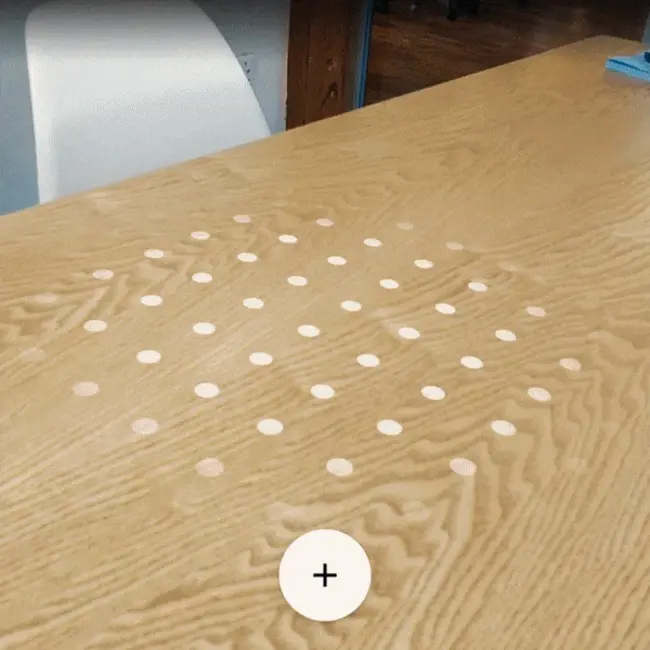
While so many headlines are about Apple’s next iPhone and its operating system, iOS, the rival platform, Android, is actually used by more devices.
According to Google, iOS is outnumbered by approximately two-to-one – 2 billion devices on Android, 1 billion on iOS. That’s to be expected, of course, since iOS is closed to all but Apple devices, with developers allowed access only in order to build software for those devices. Some third-party hardware, such as the ones emerging in the field of home automation, are allowed some level of access to iOS, but it’s limited to Apple’s External Accessory Framework, which is provided in the iOS software development kit, and still requires to connect to an official Apple iOS device, such as the iPhone. Android, meanwhile, is a mobile operating based on the Linux kernel, or core, and though its developer – Android Inc – was bought by Google in 2005, its source code has been released by Google under an open source licence. This means anyone can use it in their own device, which has led to literally billions of devices being manufactured using Android as their operating system, although most hardware makers tend to include some proprietary aspect in there. Since it made Android available to all and sundry, Google has created numerous tools, frameworks and application programming interfaces for developers to build software for Android devices. Now, possibly in response to the rumours of Apple’s heavy investment in augmented reality, Google is doing the same, although it’s in some ways more advanced since it’s already launched things like Blocks and Tilt Brush to enable developers to more quickly create augmented reality apps. Earlier this year, Apple announced ARKit, or augmented reality kit, a new framework to enable developers to build augmented reality games and other apps more easily using its iOS SDK. After the worldwide mania caused by the augmented reality game Pokémon Go last year, it was inevitable that such a thing would happen. Now, Google has launched ARCore, or augmented reality core, a rival framework for the developers building in the Android SDK. released as a “preview”, ARCore is available now and Google says it brings augmented reality capabilities to existing and future Android phones and developers can start using it straight away. Google’s own Android phone, the Pixel, is understandably already loaded with ARCore capabilities, and so is the Samsung S8, running Nougat 7 or above versions of Android. “We’re targeting 100 million devices at the end of the preview,” says Google. “We’re working with manufacturers like Samsung, Huawei, LG, ASUS and others to make this possible with a consistent bar for quality and high performance.” ARCore works with Java/OpenGL, Unity and Unreal. Unity and Unreal are two well known game engines, used to build many of the big, blockbuster games generally played on desktop computers and games consoles. But while games may be the first market which adopts augmented reality technology – like it does most new technologies – chances are that many other, more conservative industries may also find uses for it. Architecture and interior design are obvious some possibilities, especially as some companies have already developed apps which can show a user how a piece of furniture or an appliance – such as a fridge or washing machine – will look inside their home before they make a purchase. Which means the retail industry might also adopt augmented reality to provide more engaging shopping experiences in the future. One particularly interesting aspect of Google’s announcement of ARCore is the company’s decision to invest more resources in developing a browser that actually works with augmented reality apps. Theoretically, most browsers which support OpenGL standards are supposed to be capable of a lot of graphics-intensive applications, but it’s not standard and even when you customise the browser, it doesn’t always work properly. This may be to do with the browser, or it may be to do with the sheer volume of data virtual reality and augmented reality generate – many internet users may not have the necessary bandwidth, and the browsers themselves need more capabilities. Google says on its blog: “We think the Web will be a critical component of the future of AR, so we’re also releasing prototype browsers for web developers so they can start experimenting with AR, too. “These custom browsers allow developers to create AR-enhanced websites and run them on both Android / ARCore and iOS / ARKit.”







Comments ( 0 )